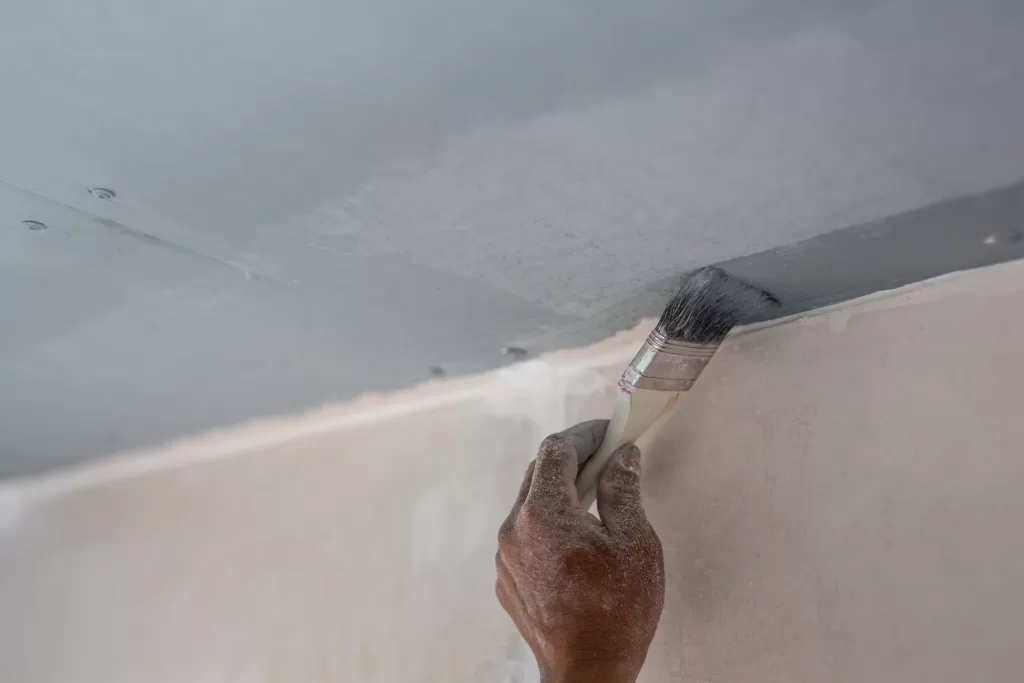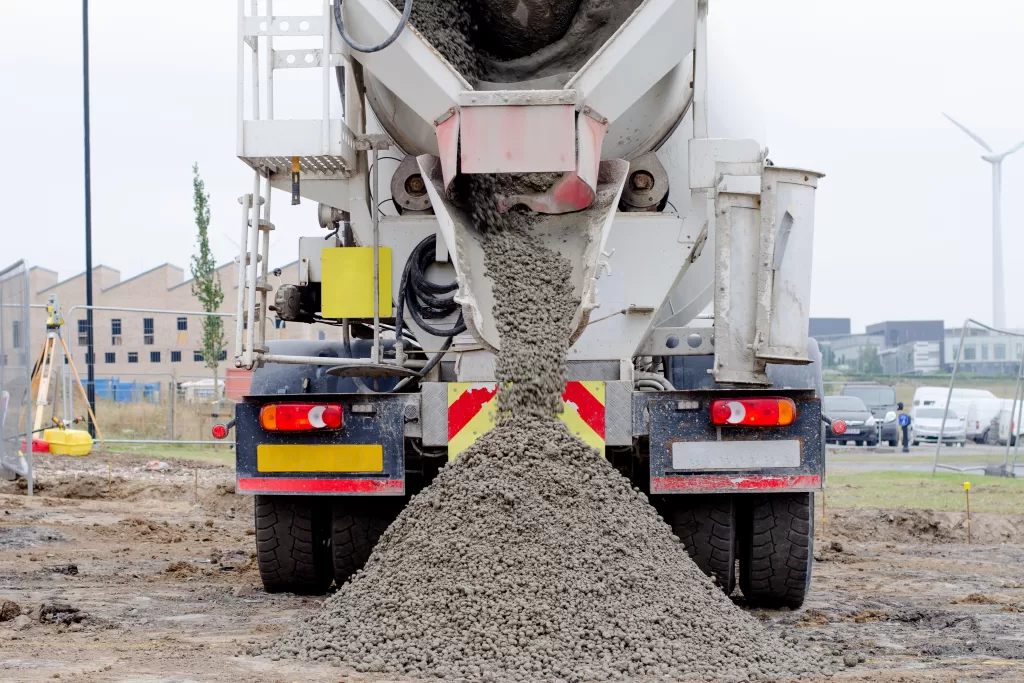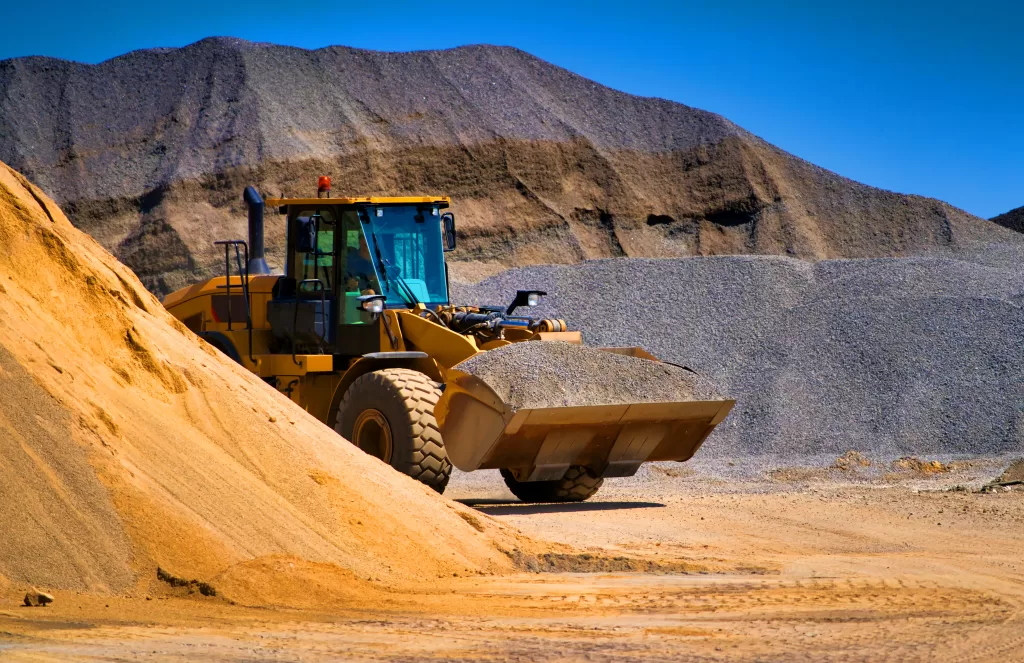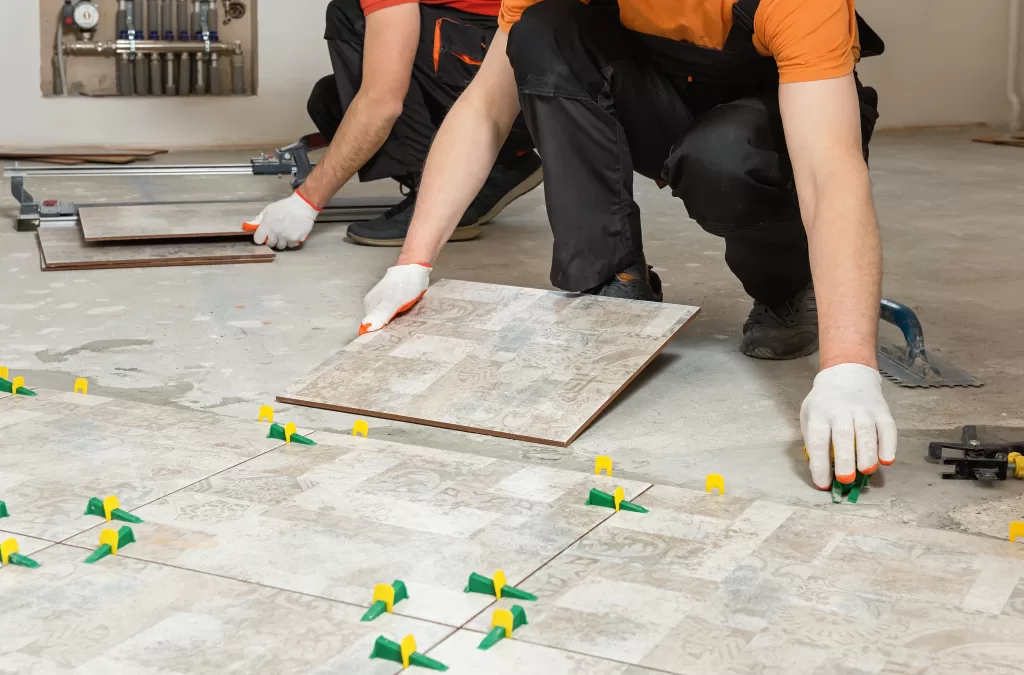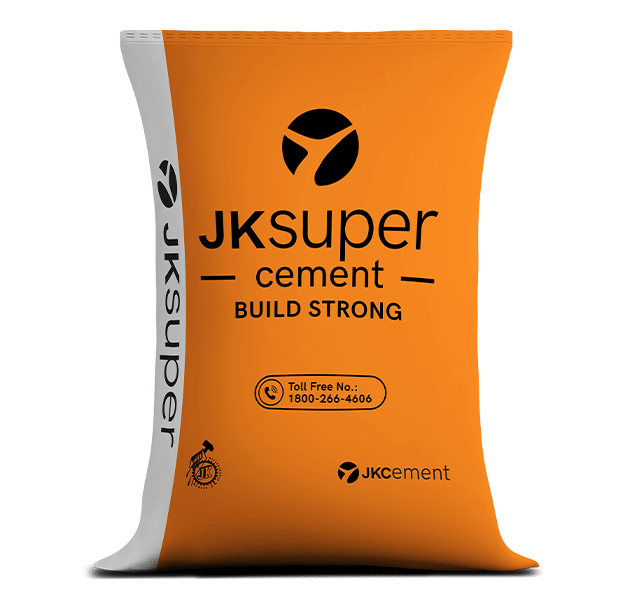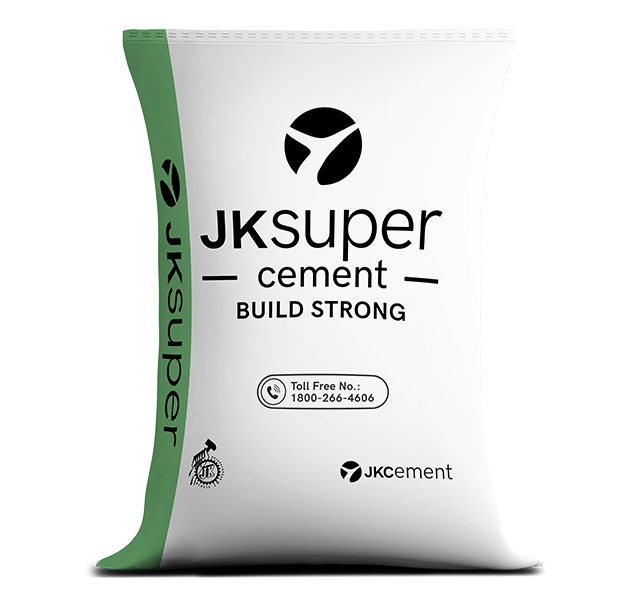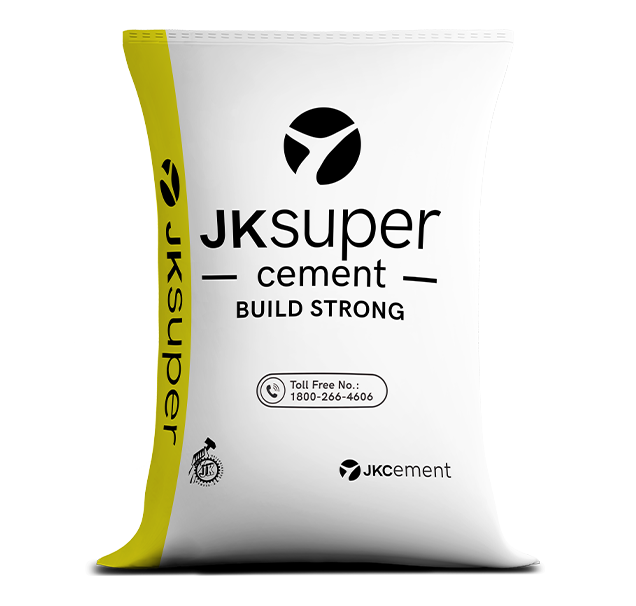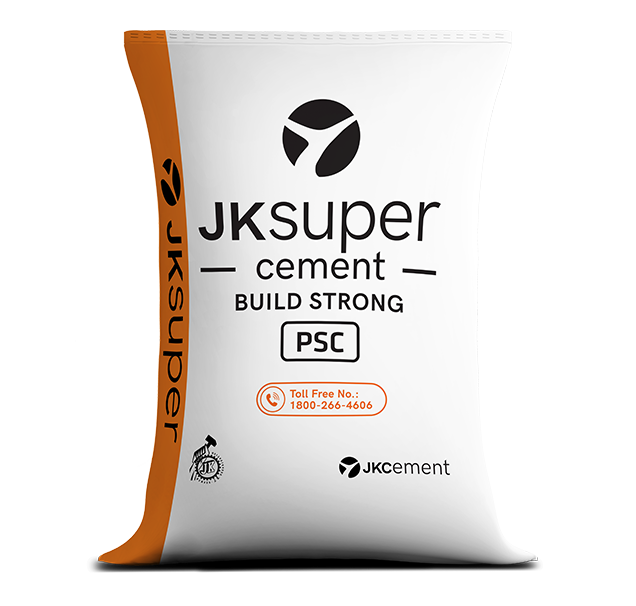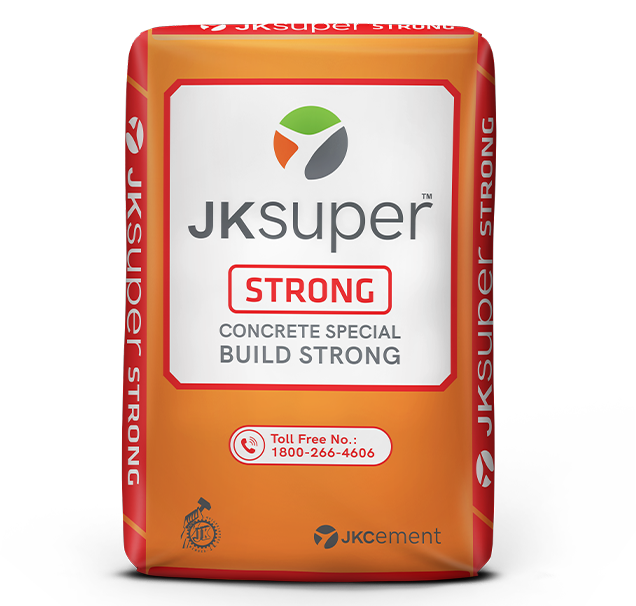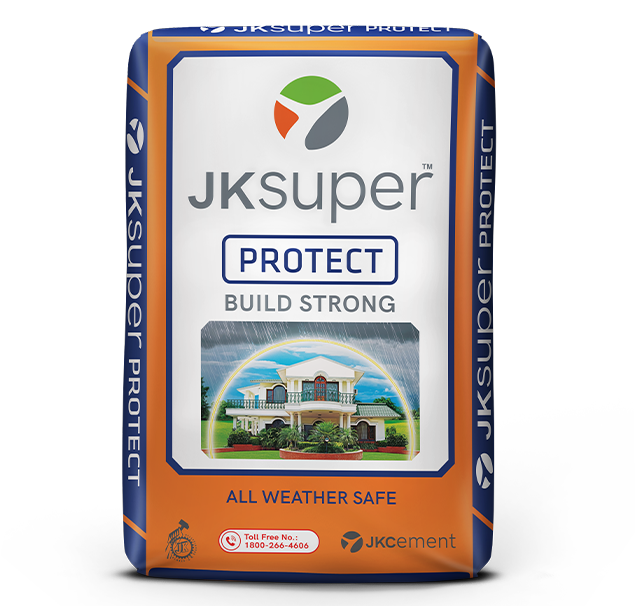Basements are prone to moisture infiltration, which can cause a host of problems. Mould growth, structural damage and compromised indoor air quality are a few examples of the same. To avoid this, it is best to turn to basement waterproofing methods. Doing so allows you to maintain a dry, functional, and healthy basement environment. Whether building a new home or modifying an existing basement, learning about these waterproofing techniques helps you protect your property from water damage effectively. Continue reading to gain more insights.
Causes of Moisture in the Basement
Moisture in basements can result from various factors, such as:
Monsoon rains
During the monsoon season, heavy rainfall can saturate the soil around the foundation of a building. This can further lead to water seepage through cracks, joints, or porous concrete walls.
High groundwater levels
In areas with high groundwater tables, hydrostatic pressure can force water into the basement through the walls or floor slab, especially during periods of heavy rainfall.
Poor drainage system
Improper or blocked drainage systems around the building can result in water pooling near the foundation. This may increase the risk of basement flooding or seepage.
Inadequate Grading
Incorrect grading around the building, where the ground slopes towards the foundation instead of away from it, can cause water accumulation and infiltration into the basement.
Lack of waterproofing
Insufficient or deteriorated basement waterproofing membranes or coatings on basement walls and floors can allow moisture to penetrate the interior space.
Condensation
High humidity levels inside the basement, combined with cooler temperatures, often lead to condensation on walls, floors, or windows. This leaves room for mould growth and moisture accumulation.
Basement Waterproofing Methods
Basement waterproofing is essential for protecting the structural integrity of a building. Here are four popular basement waterproofing methods to consider for a habitable and dry space:
Interior Sealants and Coatings
In this method, sealants and coatings are applied directly to the interior surfaces of the basement walls and floors to create a moisture barrier. The surfaces are cleaned and prepared to ensure proper adhesion of the sealant or coating. Once applied, the sealant or coating creates a water-resistant barrier on the inside of the basement walls and floors. This prevents water from seeping through the concrete. This technique, however, is only effective for minor water damage.
Exterior Waterproofing
Exterior waterproofing involves addressing moisture infiltration from the outside of the basement walls. This method usually includes excavating the soil around the foundation to expose the exterior walls. Once the walls are exposed, a waterproof membrane, such as asphalt or rubberised coating, is applied to create a barrier against water penetration. Perforated pipes, known as weeping tiles, are installed at the base of the foundation to collect groundwater and divert it away from the basement.
Interior Waterproofing
Interior basement waterproofing serves as a viable option when condensation is the main source of dampness. This method works by directing water entering through the basement walls or floor towards a drainage system. Here, it is expelled by a sump pump. Typically, a drainage pipe is positioned beneath the basement floor, sloping towards the sump pump pit. It is located at the lowest basement point. Upon reaching a certain level, the sump pump activates automatically, pumping water out of the basement and away from the foundation.
Foundation Crack Fillers/Injections
In this waterproofing method, crack fillers or injections are used to repair cracks in the foundation walls from the inside. This is done without excavating the soil around the foundation. The process entails injecting liquid epoxy or polyurethane into the cracks, which later hardens and forms a water-resistant barrier. This technique is usually employed for smaller cracks that do not impact the structural integrity of the building significantly. It can be done quickly and does not cause much disruption to the building’s occupants. That being said, note that fillers or injections only offer a temporary solution and do not resolve the root causes of the crack. Old cracks, as well as newly formed ones, may require additional waterproofing measures. Also, this method is not ideal for larger or deeper cracks, which may require more extensive repairs.
How to Choose a Basement Waterproofing Method?
Follow these considerations to select the most appropriate basement waterproofing method:
Severity of Water Intrusion:
The extent of water infiltration and moisture problems in the basement should influence the choice of waterproofing method.
Cost and Budget:
Some basement waterproofing techniques, such as exterior excavation, can be more costly and disruptive than others. So, budget considerations are important.
Professional Help:
Consulting with waterproofing experts or engineers can help determine the most suitable method based on the specific needs and conditions of the building.
Safeguard your basement with JK Cement’s water-resistant cement solutions. Say goodbye to moisture issues and protect your property with high-quality cement for construction.
FAQs
Why is it important to waterproof basements?
Basement waterproofing is essential to prevent water infiltration as it can lead to structural damage, mould growth, and moisture-related issues.
What type of basement waterproofing is best?
The best type of basement waterproofing depends on factors like the severity of water infiltration, budget, and building conditions.
How long does basement waterproofing usually last?
The longevity of basement waterproofing varies based on factors like the selected method, quality of materials, and maintenance. Generally, well-executed waterproofing can last for several years to decades.
How do I know if my basement needs waterproofing?
Signs that your basement may need waterproofing include:
- Water stains
- Mould or mildew growth
- Musty odours
- Efflorescence (white, powdery deposits)
- Visible cracks or deterioration on walls or floors

